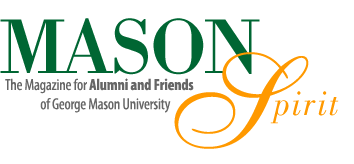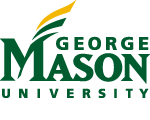 |
 |
Space SnacksSpace food center director keeps astronaut taste buds happyThe next time a U.S. astronaut suspended in microgravity opens a package of freeze-dried soy chili or enjoys a chocolate Milk Bite, he or she can thank Tony Pometto, BS Biology ’76. As director of NASA’s Food Technology Commercial Space Center at Iowa State University, Pometto works with companies to develop foods that not only are out of this world, but also contribute to the astronauts’ nutritional health and safety. The challenges of space travel extend beyond equipment, timing, and expense. For astronauts spending nearly half a year isolated from civilization, it’s the little things that count. Astronauts tasting freeze-dried shrimp with a cocktail sauce that Pometto calls “potent” might feel they are close to heaven, but they might find that other foods aren’t nearly as tasty when packaged, dehydrated, and shot out of the atmosphere. That’s where Pometto and the center come in, trying to improve on taste and quality. The center identifies companies that are working on products that NASA also needs, says Pometto, who is in his fifth year as the center’s director. Currently, the center is working with approximately 25 companies to further develop those products. The collaborations have produced such items as thermal-stabilized yogurts that can last two years without refrigeration and a fruit and vegetable sanitizer that, when mixed with water, creates a solution that significantly reduces bacteria on food. The challenge of making foods taste good often conflicts with the process of making them safe and nutritious. One process to make food safer, irradiation, exposes foods to high doses of gamma or beta radiant energy to give them a longer shelf life, but the long-term storage changes the food’s flavor. Pometto says that they are working with various companies to solve this problem by using fat substitutes, such as plum extract, that are more nutritious and help keep the food’s flavor. “Plum extract will save the world,” says Pometto. “It is loaded with antioxidants and antimicrobial compounds and reduces bone loss.” Other factors need to be considered when developing food for space travel. One is the way an astronaut’s body changes in space. For instance, the longer an astronaut is in microgravity, the more bone density he or she loses, which has prompted the center to find ways to get more dairy into astronauts’ diets. “That’s difficult without refrigeration,” says Pometto. Microgravity also causes body fluids to shift, which Pometto says can cause an astronaut to feel as if he or she has a head cold and affect his or her sense of smell. Because smell is so involved in how food tastes, the center is working with a company that develops additives for food and packaging that include strong smells to enhance the food’s flavor. Of all Pometto’s projects, an initiative to grow crops in space is of particular interest to him. He says that NASA would like to eventually have 90 percent of astronauts’ food grown on the moon or Mars, and he is working with companies that are taking on that challenge. One such company, Orbital Technologies Corporation, is designing a hydroponic unit to grow lettuce, cherry tomatoes, and bell peppers on the International Space Station. The center also is working to develop the first Hazard Analysis Critical Control Plan for producing safe crops in space. When the center’s contract expires this fall, Pometto, a professor of the Department of Food Science and Human Nutrition at Iowa State University, will return to full-time teaching and research. He credits Mason for giving him a solid science foundation on which to build and also as the place where he met his wife, Suellen Floyd Pometto, BS Biology ’77. As far as traveling in space himself, Pometto says he knows too much about it. “I definitely don’t want to go,” he says. So he’ll keep his feet planted firmly on Earth and continue his space food research. |
Tony and Suellen Pometto |